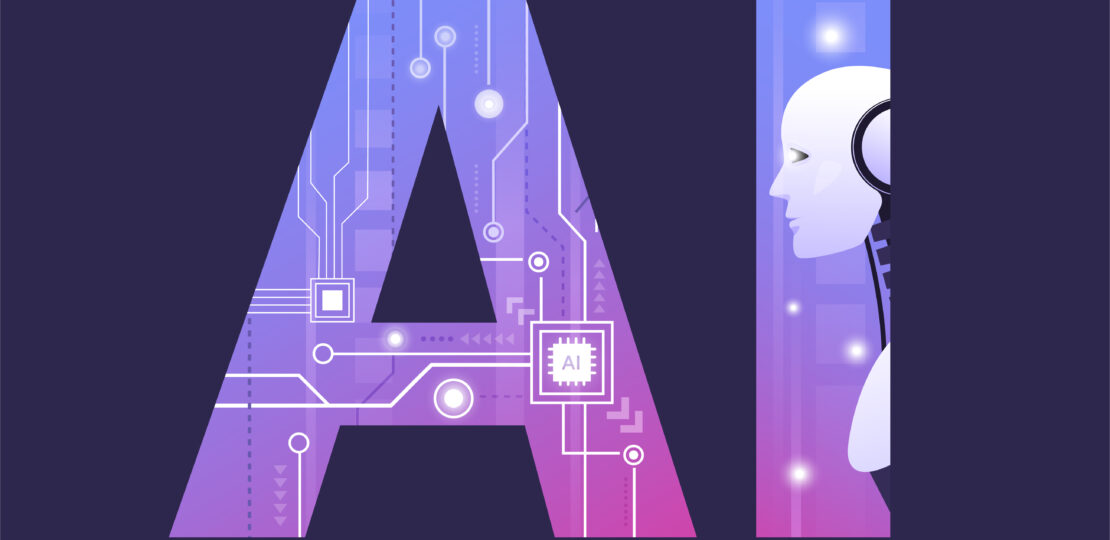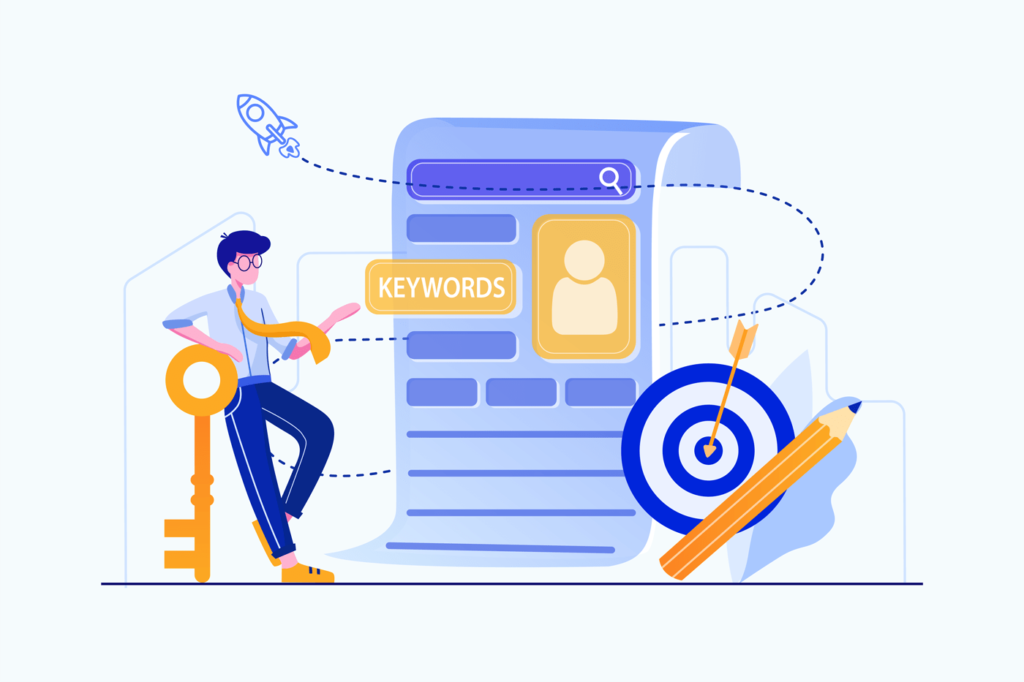
Welcome to the era of boundless possibilities, where machines are becoming smarter than ever before. We are witnessing a revolution in technology that is reshaping industries, transforming our daily lives, and propelling us into an exciting future. At the heart of this transformation lies Artificial Intelligence (AI), driving innovations at an unprecedented pace. From machine learning marvels to neural networks in action, AI-driven innovations are leading us into a new realm of endless potential and unimaginable advancements. Join us as we delve into the world of AI in the 21st century and explore how these intelligent machines are revolutionizing our world!
The Rise of Intelligent Machines: A 21st-Century Overview
In the 21st century, intelligent machines have emerged as game-changers in various industries. From self-driving cars to virtual assistants, AI has permeated our daily lives and reshaped the way we work and interact with technology. These intelligent machines are capable of processing massive amounts of data, learning from it, and making autonomous decisions. They possess a remarkable ability to adapt and improve over time through machine learning algorithms.
One area where AI is making significant strides is healthcare. With its advanced analytics capabilities, AI can analyze medical records, detect patterns in patient data, and provide accurate diagnoses faster than ever before. It’s not just limited to diagnosis; AI-powered robots are assisting surgeons in complex surgeries by enhancing precision and reducing human error.
The rise of intelligent machines also extends into the realm of finance. Financial institutions are leveraging AI algorithms to assess risk more effectively, detect fraud proactively, and personalize customer experiences based on their financial profiles.
Moreover
In manufacturing sectors
Another sector experiencing transformation thanks to intelligent machines is transportation. Self-driving vehicles equipped with sensors and sophisticated algorithms are paving the way for safer roads while optimizing fuel consumption. And let’s not forget about smart cities that employ AI-driven technologies like traffic management systems or energy-efficient solutions.
With these advancements come challenges as well – concerns around privacy, ethics,
Overall,
The rise of intelligent machines in the 21st century has opened up a world of possibilities across countless industries. From healthcare to finance, manufacturing to transportation – there seems to be no limit to what these mind-boggling technologies can achieve! As we continue exploring this exciting frontier of innovation driven by AI-driven innovations
Machine Learning Marvels: Unlocking the Power of Algorithms
Machine Learning Marvels: Unlocking the Power of Algorithms
In the vast realm of Artificial Intelligence, machine learning stands out as a true marvel. Through its sophisticated algorithms and predictive models, it has revolutionized various industries and transformed our daily lives in ways we couldn’t have imagined.
One of the key strengths of machine learning lies in its ability to uncover hidden patterns and insights from massive datasets. By analyzing this data, algorithms can make accurate predictions and recommendations that help businesses optimize their processes, improve decision-making, and even create personalized experiences for customers.
From healthcare to finance, transportation to e-commerce, machine learning applications are ubiquitous. In healthcare, it aids in disease diagnosis and treatment planning. In finance, it enables fraud detection systems that protect against cyber threats. In transportation, it powers self-driving cars that navigate complex roadways with ease.
The power behind these marvels is rooted in neural networks – a type of algorithm inspired by the human brain’s structure. Neural networks consist of interconnected layers that process information through mathematical computations called activations. This deep learning approach allows machines to recognize patterns with incredible accuracy and learn from experience.
But machine learning doesn’t stop there—it continues to evolve rapidly. Reinforcement learning techniques enable machines not only to analyze data but also interact with their environment and learn from feedback received over time.
As advancements continue at an astonishing pace, we can look forward to further breakthroughs powered by AI-driven innovations like machine learning. The potential impact on society is immense – from improving efficiency across industries to enabling entirely new possibilities yet unimagined.
Deep Dive into Deep Learning: Neural Networks in Action
Deep Dive into Deep Learning: Neural Networks in Action
Welcome to the exciting world of deep learning, where neural networks are revolutionizing the field of artificial intelligence. These complex algorithms are capable of mimicking the way our brains function, enabling machines to learn and make decisions on their own.
At the heart of deep learning lies the concept of neural networks. These networks consist of layers upon layers of interconnected nodes, called neurons, that process and transmit information. Each neuron takes inputs, performs calculations using weights and biases, and produces an output that is passed on to other neurons.
One key advantage of deep learning is its ability to handle massive amounts of data with remarkable precision. By training these neural networks on vast datasets, they can learn patterns, recognize images or speech, translate languages, and even play games at a superhuman level.
The power behind deep learning lies in its capability for automatic feature extraction. Unlike traditional machine learning approaches that require manual feature engineering by humans, deep learning models can automatically extract relevant features from raw data through multiple hidden layers.
Neural networks have also shown incredible potential in various domains such as healthcare diagnostics, autonomous driving systems, natural language processing applications like chatbots and virtual assistants – just to name a few. The possibilities seem endless!
As we continue exploring new techniques and advancements in this field, it’s important to keep pushing boundaries while ensuring ethical considerations are taken into account. The responsible development and deployment of AI-driven innovations will pave the way for a future where intelligent machines coexist harmoniously with humanity.
So buckle up as we dive deeper into the fascinating realm of neural networks! Stay tuned for more insights into how this groundbreaking technology is shaping our 21st-century world.
Cognitive Computing Paradigm: Beyond Traditional AI
Cognitive Computing Paradigm: Beyond Traditional AI
In the ever-evolving landscape of artificial intelligence, traditional AI has paved the way for a new era – the cognitive computing paradigm. This groundbreaking approach goes beyond mere data processing and algorithmic decision-making. It aims to mimic human cognition and understanding, enabling machines to comprehend, reason, learn, and interact on a deeper level.
At its core, cognitive computing leverages advanced technologies like natural language processing (NLP), sentiment analysis, image recognition, and machine learning algorithms to replicate human-like thinking processes. By analyzing vast amounts of structured and unstructured data from diverse sources such as social media feeds, scientific papers, news articles or customer reviews; these intelligent systems can derive meaning from context while continuously improving their knowledge base through self-learning mechanisms.
The potential applications of this emerging field are vast and transformative across industries. In healthcare, cognitive computing can aid in diagnosing diseases more accurately by analyzing medical records along with patient symptoms. In finance, it can help identify patterns in market trends or detect fraudulent activities swiftly. Moreover, cognitive assistants powered by AI-driven innovations can revolutionize customer service by providing personalized recommendations based on individual preferences and past interactions.
However disruptive this may sound at first glance; it is important to remember that these technologies are here to augment human capabilities rather than replace them entirely. The collaboration between humans and intelligent machines will redefine how we work together in the 21st century – enabling us to accomplish tasks more efficiently while freeing up time for creativity and strategic thinking.
As we journey further into this AI-driven world of possibilities where technology surpasses our wildest imaginations; it becomes imperative that we navigate with caution – addressing ethical concerns surrounding privacy protection or bias elimination throughout every stage of development.
Embracing an inclusive approach towards innovation will ensure that the benefits of AI-driven technologies reach all members within our global society without widening existing disparities among various communities or perpetuating systemic discrimination.
The 21st century is witnessing a remarkable transformation with the rise of intelligent machines
RELATED POSTS
View all

